A roof window is a broad term for any type of window that sits within the line of a roof and brings daylight into the rooms below. These windows come in different forms, from flat rooflights to raised roof lanterns, each designed to suit different spaces and styles of property.
Homeowners often choose roof windows to make dark rooms brighter, improve natural ventilation, or create a greater sense of openness in their living spaces. In many cases, the right type of roof window can turn an unused loft, a kitchen, or even an extension into a more enjoyable part of the home.
There are several types of roof windows available, each with its own features and advantages. Understanding these differences will help you make the right choice for your home and your needs.
Roof Lanterns
A roof lantern is a raised, pitched structure that sits above a flat roof to let daylight flood into the room below. Its angled panes capture light from several directions, making it different from a flat rooflight.
Homeowners often choose roof lanterns for extensions, kitchens, and open-plan living areas where maximum natural light is needed. They do more than brighten a room, they also create a striking feature that can change the feel of the space.
There are several styles of roof lanterns to choose from. A Contemporary 4-Pane Glass Roof Lantern has clean lines and a modern look, while a Classic 6-Pane Glass Roof Lantern offers a more traditional design. You can also opt for a Pyramid Lantern, which has four sloping sides that meet at a point, creating a bold architectural feature.
Each style has its own character, but all provide the same benefit of bringing light into the home from multiple angles.
Rooflights
A rooflight, often also referred to as a skylight, is a window fitted into a flat or gently pitched roof to bring daylight straight into the room below. Because they sit close to the roofline, they provide a clean and simple look that works well in many different spaces.
People often choose rooflights for lofts, kitchens, and bathrooms where more light is needed. They can also help with ventilation when you select an opening design, making them a practical choice for busy family areas.
There are different types of rooflights available. Fixed glass rooflights provide natural light only and do not open, making them ideal where ventilation is not required. Venting glass rooflights can be opened to allow airflow, which is especially useful in kitchens or bathrooms. For flat roofs, polycarbonate dome rooflights are a popular option as they are durable, cost-effective, and available in both fixed and opening versions.
Rooflights also come in a range of styles to suit different needs. Circular rooflights create a striking feature, while modular rooflights can be combined to cover larger areas and bring in even more light.
Whatever the type or style, rooflights are one of the most versatile roof window options, offering a balance of light, ventilation, and design flexibility.
Other Roof Window Types
Top-hung roof windows open outward from the top, which allows for clear views and excellent ventilation. They are often chosen for loft conversions where you want to look out over the roofline, and they work well in spaces where fresh air flow is a priority.
Centre-pivot roof windows rotate around the middle of the frame, making them easy to open and simple to clean from inside the room. They are especially useful where the window is within reach, such as in loft rooms, and where practical everyday use is important.
Sun tunnels are designed to channel natural light through a reflective tube into spaces where a full roof window cannot be installed. They are a good option for hallways, bathrooms, or internal rooms that would otherwise have little or no natural light.
While these roof windows are less commonly used than roof lanterns or rooflights, they each have their place in making homes brighter and more comfortable.
Advantages of Roof Windows
Roof windows of all types help bring more natural light into the home, reducing the need for artificial lighting and making rooms feel brighter and more welcoming. They can also improve comfort, with some designs offering natural ventilation and the potential for better energy efficiency when high-quality glazing is used.
Roof lanterns stand out because they capture light from several directions at once. This makes them especially effective in large spaces such as kitchens or extensions, where they can transform the feel of a room while also serving as a striking architectural feature.
Rooflights, often called skylights, are one of the most versatile options. They can be fixed or opening, glass or polycarbonate, circular or modular, meaning they can suit almost any type of home. They are practical in everyday rooms like lofts, bathrooms, and kitchens, and can provide both daylight and ventilation where needed.
Other roof window types, such as top-hung, centre-pivot, and sun tunnels, also have advantages in specific situations. They may not offer the same impact as a lantern or the versatility of a rooflight, but they can be the right solution where space, access, or design makes them a better fit.
Planning Permission and Building Regulations
Most roof windows, including roof lanterns and rooflights, can usually be installed under permitted development rights. This means you don’t normally need to apply for planning permission, which makes the process straightforward for many homeowners.
There are some exceptions where permission may be required. These include listed buildings, homes in conservation areas, or situations where the window projects more than 15cm above the roofline or sits higher than the highest part of the roof. In these cases, you will need to check with your local planning authority before going ahead.
Even when planning permission is not required, building regulations always apply. These cover important areas such as thermal performance, safety glazing, and ventilation to make sure the installation is safe, efficient, and compliant. A professional installer will usually manage these requirements for you, but it’s still worth understanding the basics before you begin.
Practical Considerations
When choosing a roof window, there are several practical points to think about across all types:
1. Placement
The position of the window will affect the amount and direction of light. Roof lanterns work best in open-plan areas, while rooflights and sun tunnels can brighten smaller or more enclosed spaces.
2. Fixed or venting
Fixed designs provide light only, while venting versions allow airflow. This choice applies to glass rooflights, dome rooflights, and some roof windows, depending on the needs of the room.
3. Size and shape
Larger roof lanterns make a statement in big spaces, whereas modular or circular rooflights can be tailored for unique layouts. Top-hung and centre-pivot windows vary in size and suit loft conversions.
4. Room function
Kitchens and bathrooms benefit from venting rooflights, living areas often suit lanterns, lofts work well with top-hung or centre-pivot windows, and sun tunnels are practical for hallways or windowless rooms.
5. Brand choice
Selecting a trusted brand, such as Brett Martin, ensures quality materials, compliance with standards, and long-lasting performance across all window types.
6. Installation and maintenance
Professional fitting is always recommended, and you should also consider how easily each window type can be cleaned and maintained. By weighing these considerations, you can match the right roof window type to the needs of your home.
Summary
Roof windows are a broad category that includes roof lanterns, rooflights, and other designs such as top-hung, centre-pivot, and sun tunnels. Each type has its own strengths, from adding light to improving ventilation or creating a striking feature.
Roof lanterns and rooflights are the most popular choices, offering a balance of style, flexibility, and everyday practicality. Lanterns work best in open-plan living areas or extensions, while rooflights are versatile enough for kitchens, bathrooms, lofts, and even flat roofs with dome designs.
By understanding the differences between the types, their advantages, and the practical points to consider, you can choose the roof window that best matches your home and your lifestyle.
To get started, why not explore our range of roof lanterns and rooflights and find the perfect option for your project.

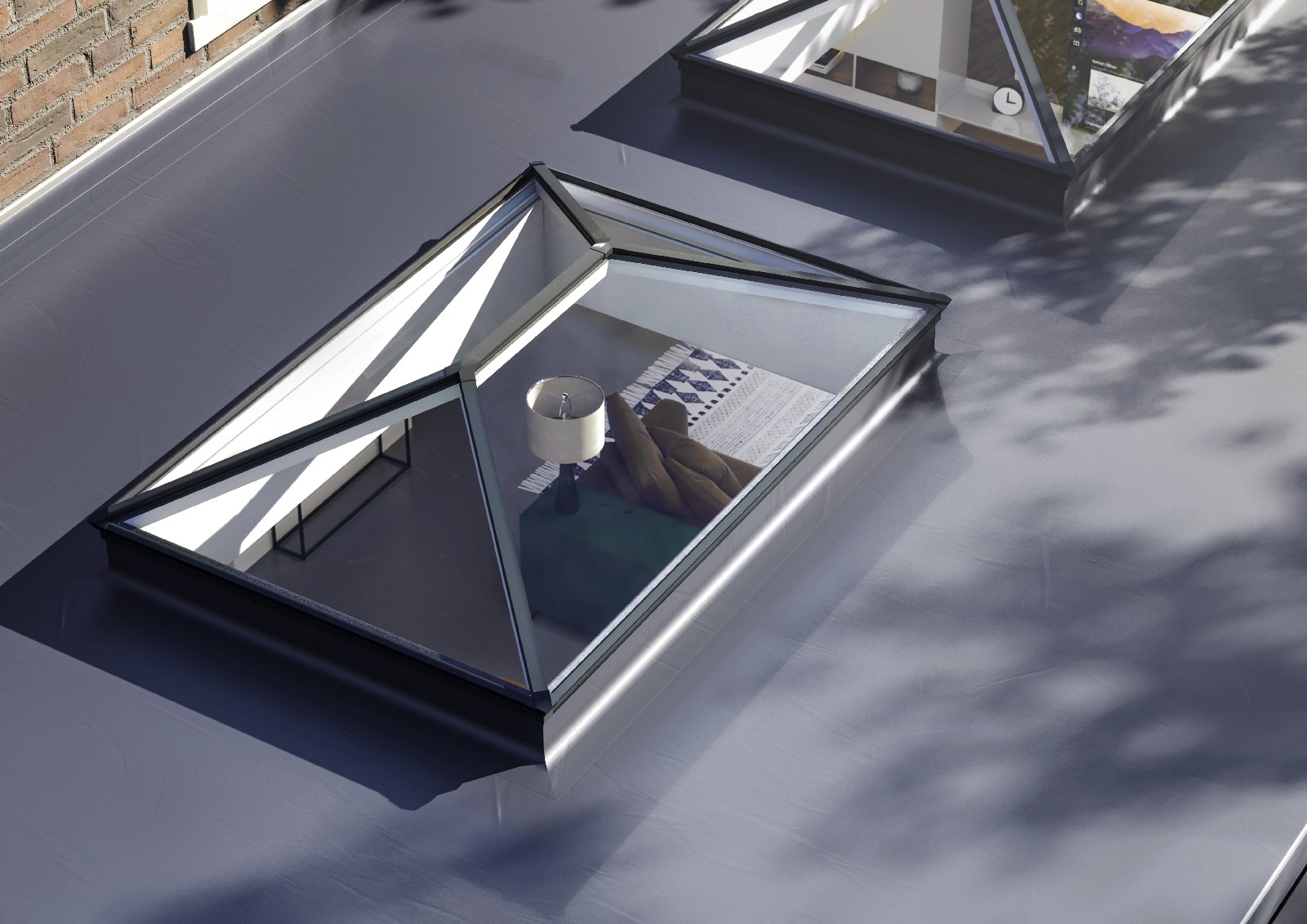
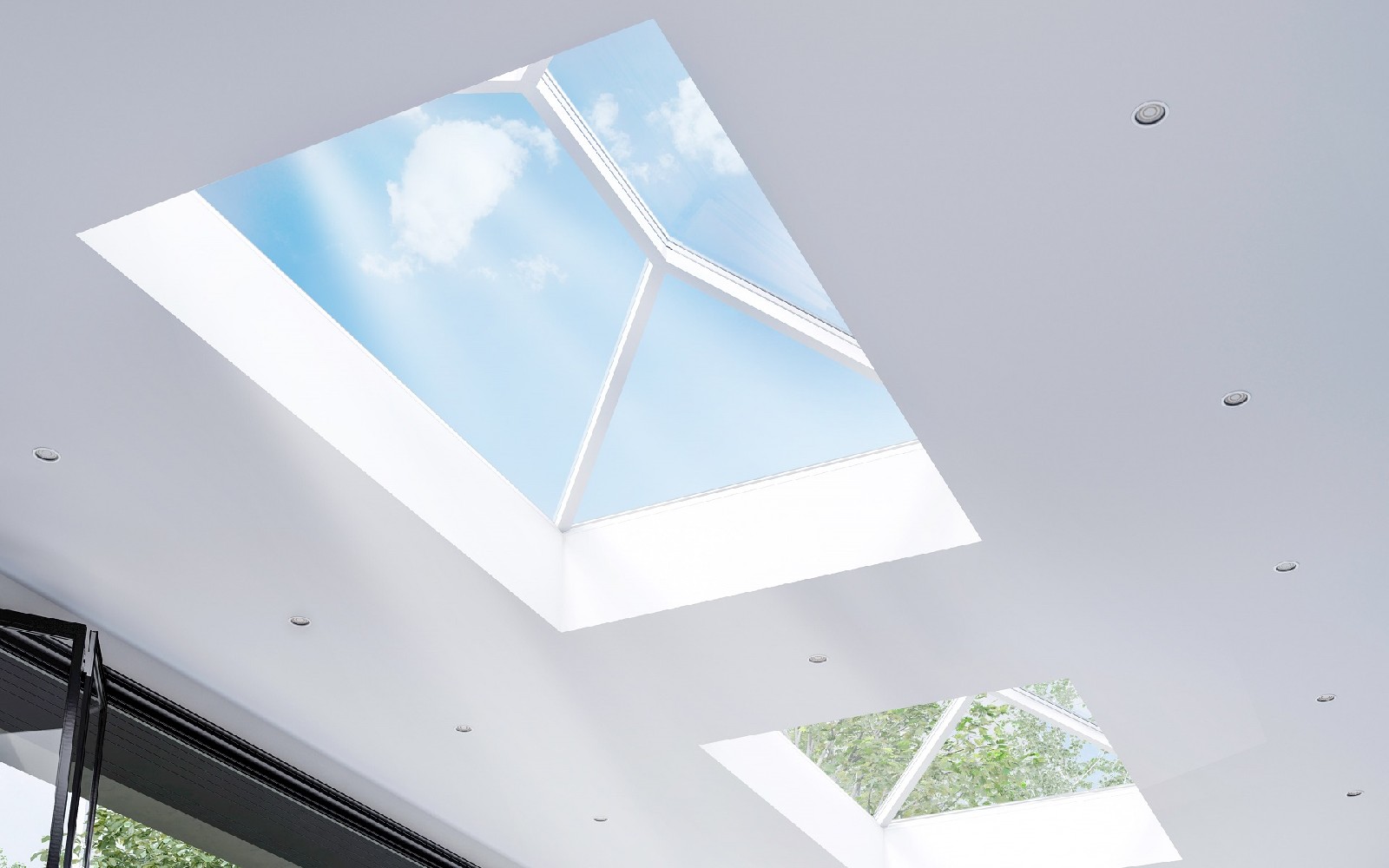
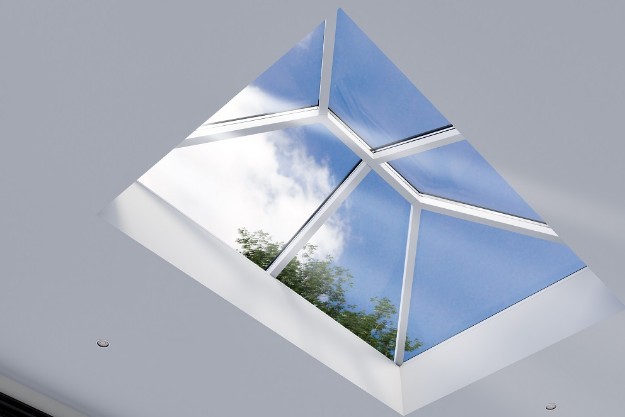
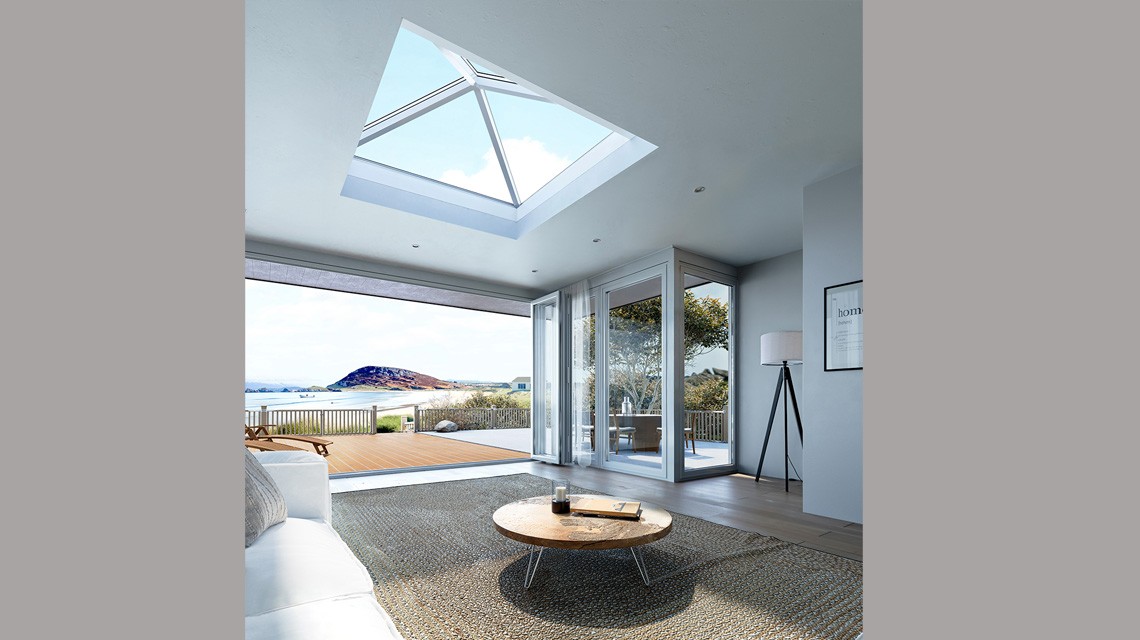
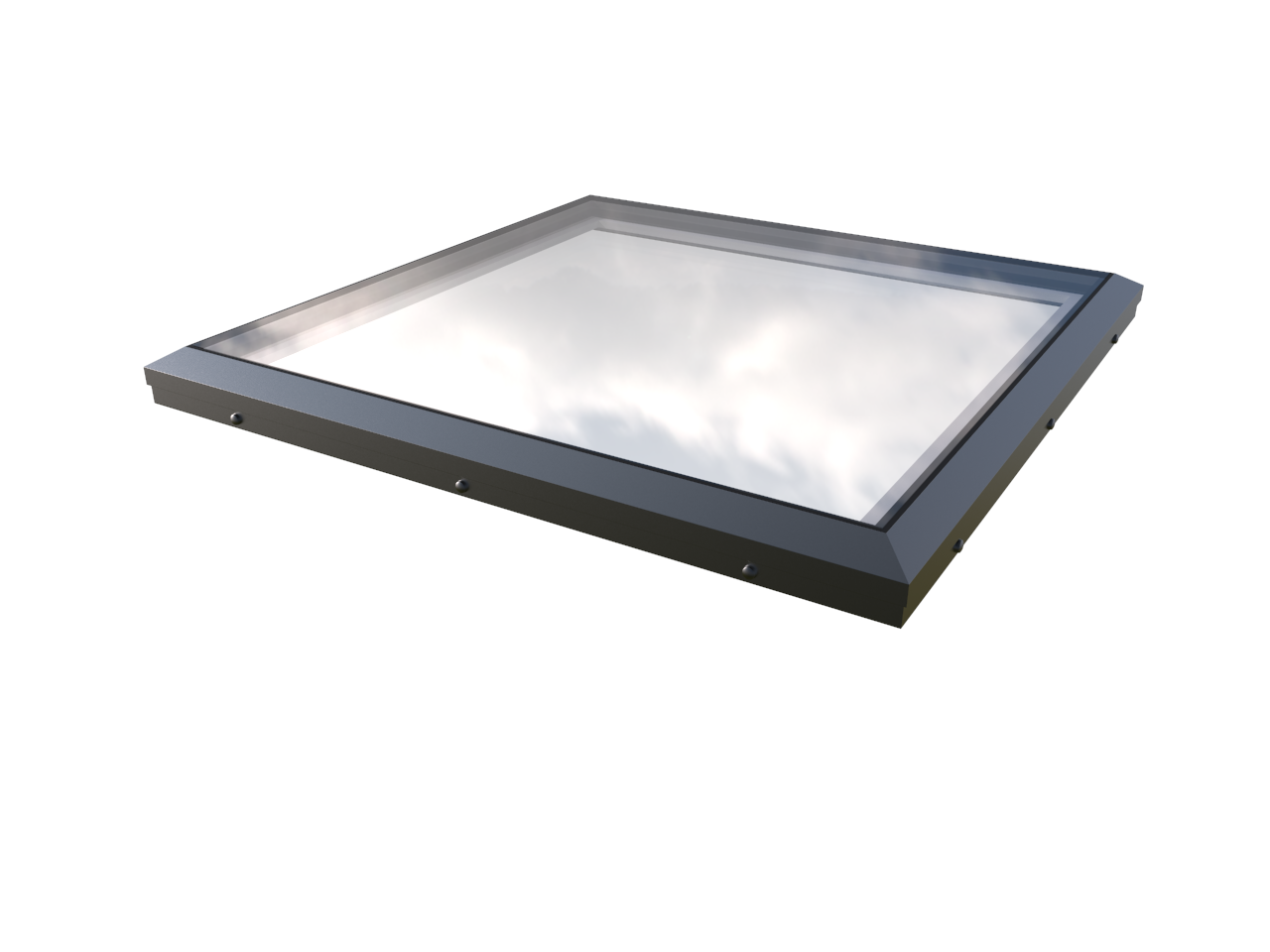
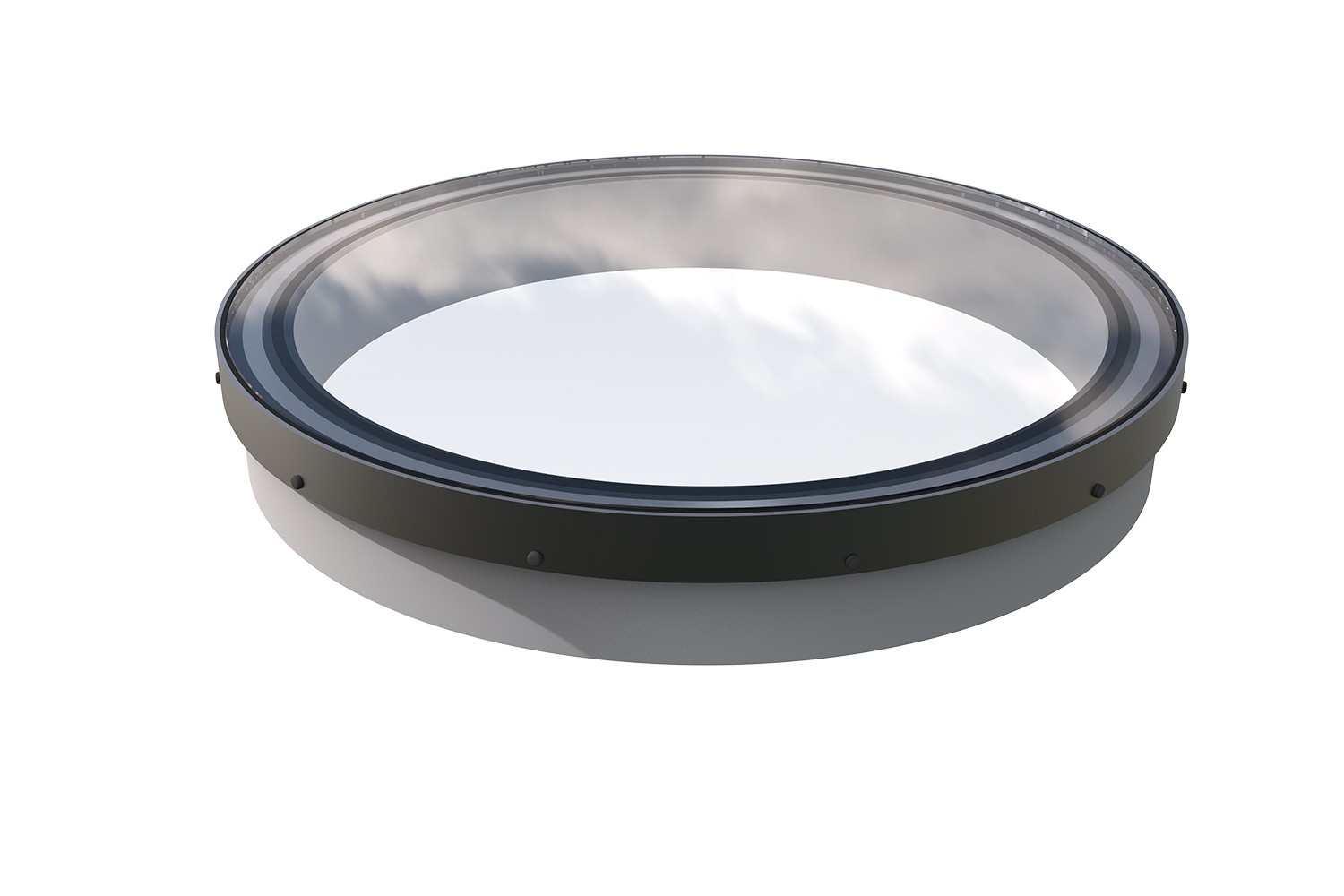
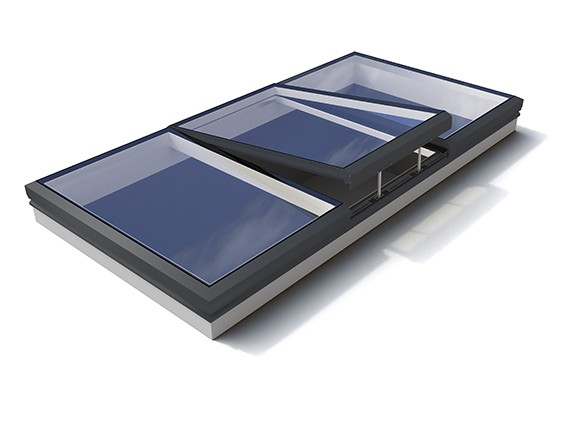
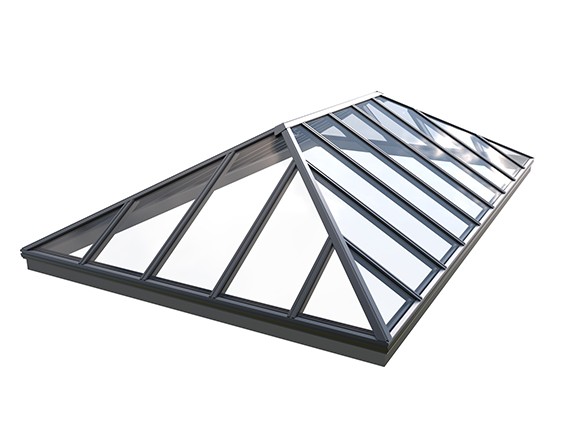
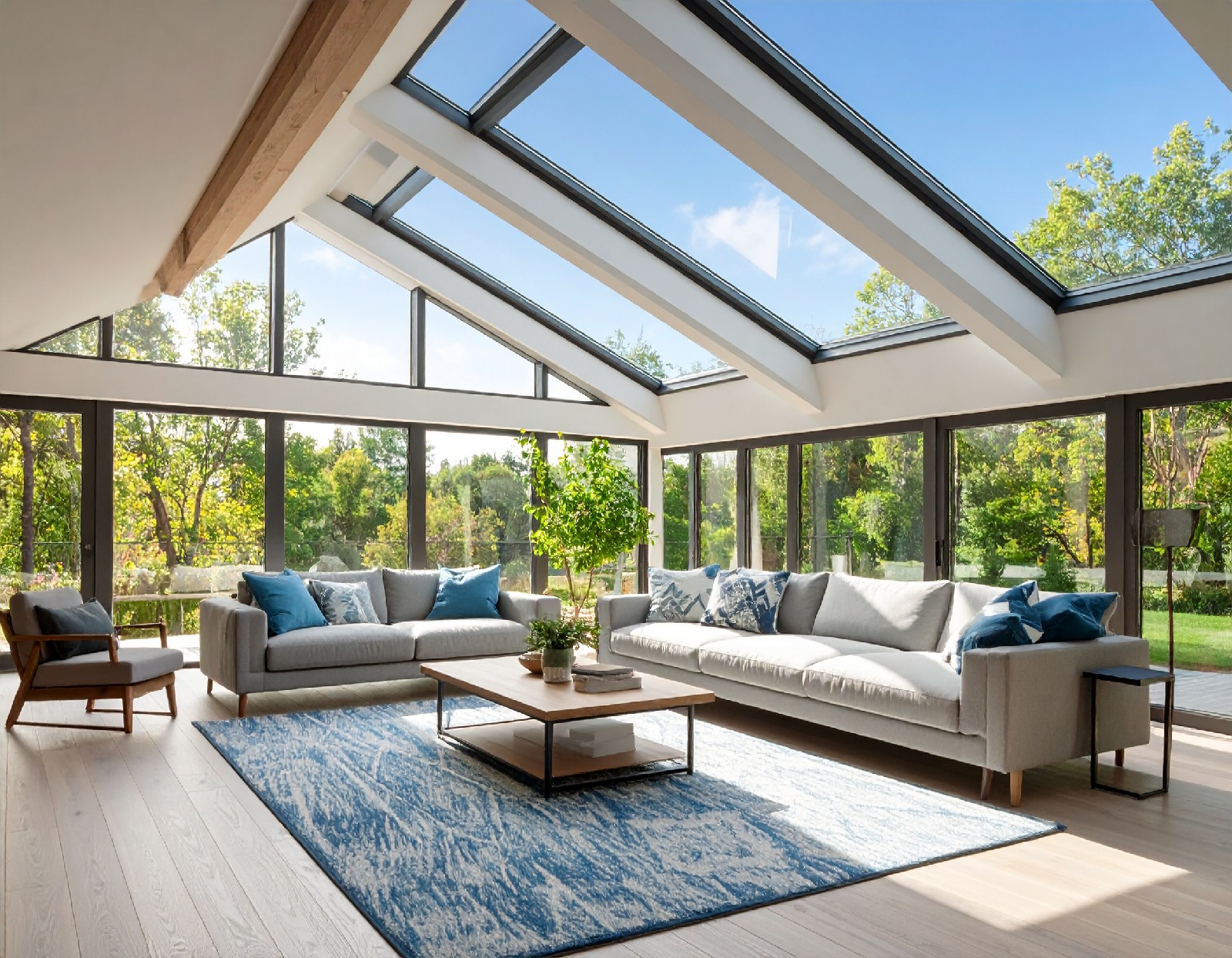
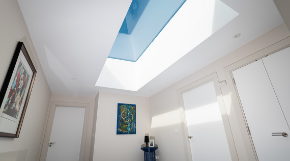
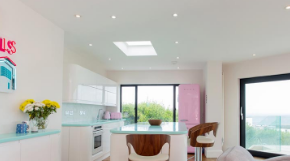
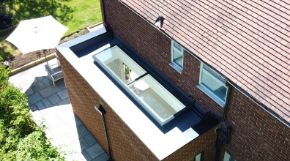
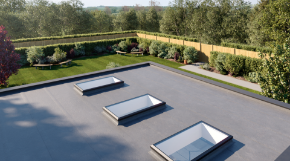
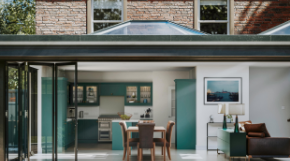
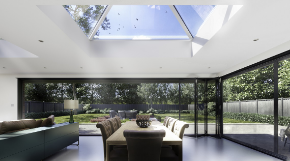

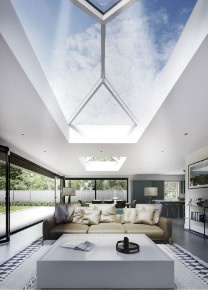
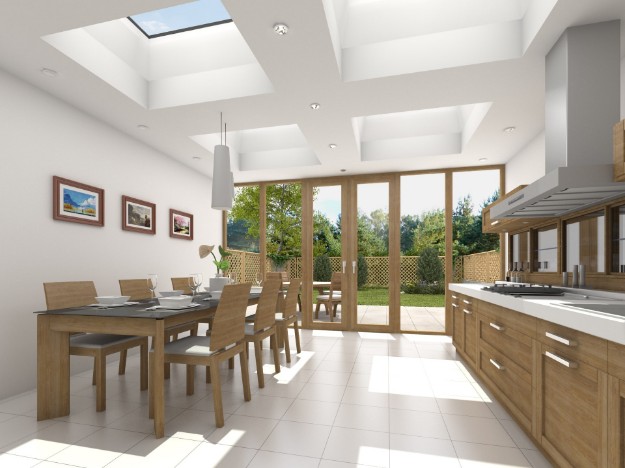
 Buy Direct from the Manufacturer
Buy Direct from the Manufacturer